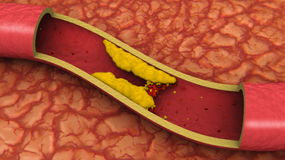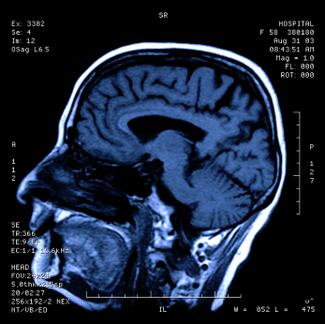Posted by Dr. Larry Leichter on April 15, 2018.
Each year, approximately 69,000 people in the United States will be diagnosed with malignant melanoma of the skin. As a disease that commonly affects young patients, malignant melanoma causes more lost life expectancy per death than almost every other cancer. When diagnosed at an early stage, the prognosis for melanoma is quite good. According to the Joint Committee on Cancer, when the lesion is deeper than 4 millimeters, or nearby lymph nodes are enlarged due to the melanoma, the prognosis for survival is significantly diminished, especially when the outer layer of skin is ulcerated.

Allegations in a melanoma malpractice case may include a clinician’s failure to adequately biopsy a suspicious mole and/or improper interpretation of the biopsy by the pathologist. Errors by the clinician include a biopsy of inadequate size (as is sometimes seen with shave and punch biopsies), a biopsy that has crush artifact, or the chosen biopsy site does not adequately represent the lesion. The ideal biopsy (if clinically practical) is when there is complete excision of the lesion surrounded by 2-3 millimeter margins of adjacent normal skin. Errors by the pathologist include mishandling of the biopsy specimen and/or misinterpretation of the study. Pathology reports that imply certainty on suboptimal biopsies may result in an unfortunate and deadly delay in diagnosis.
Communication of the patient’s history to the pathologist is sometimes essential to avoid a wrongful diagnosis in the lab. It is not uncommon for an experienced clinician (knowing the history of a patient’s suspicious mole) to request step level analysis of the biopsy to make sure that deeper tissue levels are studied for melanoma. Another excellent practice is when a pathologist obtains an additional opinion or a second signature on the pathology report in an attempt to reach a proper diagnosis.
For additional facts, statistics, events and support groups related to melanoma, please see the American Melanoma Foundation.







